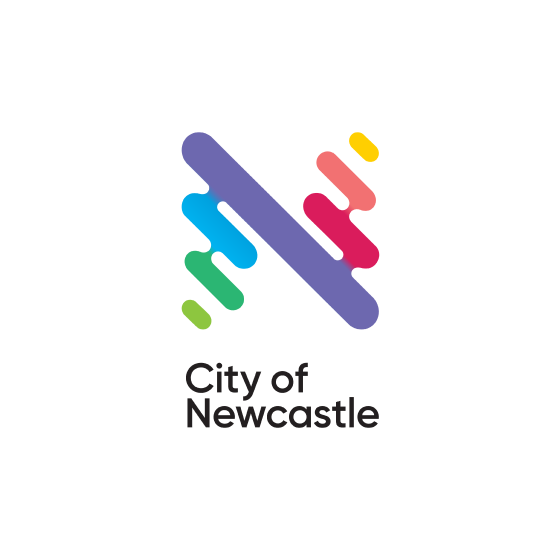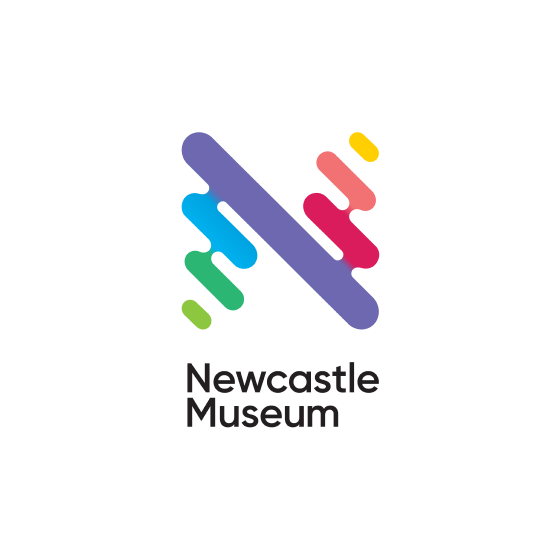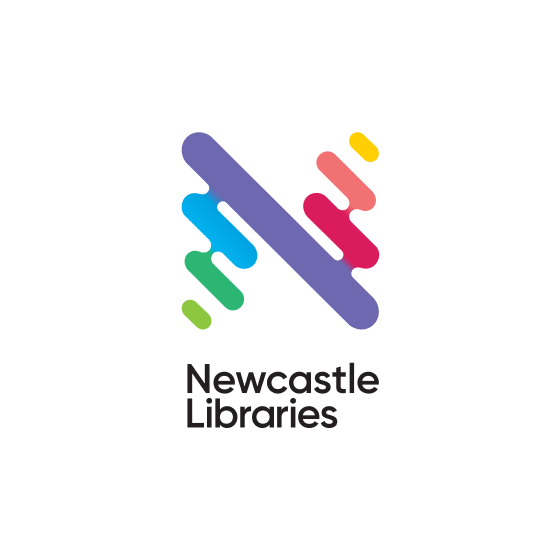Coastal Banksia

Scientific: Banksia integrifolia
Awabakal: Kararkarmatara
Worimi: Dawibang
This is a Coastal Banksia, known in the Awabakal language as Kararkarmatara. Its common and scientific names come from Joseph Banks - the first European to collect a sample.
Coastal Banksia is a highly variable species, growing in a broad range of habitats from coastal sand dunes to mountain ranges. It can be found from Victoria to Central Queensland. Banksia leaves have dark green upper surfaces and white undersides, producing yellow flowers from autumn through to Spring. It can grow up to 35 meters tall in sheltered locations but develops as a small shrub in exposed areas like coastal headlands.
Coastal Banksia is used in traditional Awabakal food, medicine, and toolmaking. The blossoms produce rich nectar used to make sweet jellies and drinks. Its syrup could also be used to soothe sore throats, and its bark – when burnt to ash – applied to skin sores as a healing agent.
When European colonisers first occupied what would become Newcastle, they called the Coastal Banksia - and the stretch of shoreline where it grew - Honeysuckle. When the railway came in the 1850s, the Honeysuckle Point Railway Workshops were built on this site, which is now home to Newcastle Museum.
See in the museum:
Location: A Newcastle Story
Label: Honeysuckle Railway Workshops Bundy Clock











